|
Article: Alexander James SoEdited's Alexander James interviews artist Alex Chinneck at Milan Design Week with IQOS World. From Giotti to Da Vinci to Fellini, those aesthetic-loving Italians have always thrived on wowing and indulging the senses. But this month it was a pioneering British artist, Alex Chinneck who descended on Italy at Milan Design Week with one creative intent - to shake up what we know about art and design in the future, and look at ways of subverting assumptions of every day life. His work 'IQOS World - Revealing the Future' was commissioned by tobacco company, Philip Morris International to disrupt, deconstruct, and dazzle at the prestige Milan Design Week. Let's face it, any artist worth their value has been a disruptive influence of their time. Alex Chinneck is known for creating works of art through architecture. Examples include creating an optical illusion of levitating buildings in London's Covent Garden, and on a more edgy scale, by smashing windows in a Hackney warehouse. This, actually is a feat less gratuitous, and far more arduous than it sounds. It involved re-constructing 1,250 pieces of glass to create 312 identically smashed windows, earning him the title 'the Banksy of glass'. And while Chinneck will (hopefully) not face ex-communication from Italy's catholic church for his efforts, like other artists before him, his current venture to partner with a tobacco company, could also be seen as controversial as his creative forefathers. For the prestige Milan design week, he was commissioned by tobacco giant, Philip Morris, to represent in art-form a product that its company says, will eliminate the need for smoking entirely in future. This was art for a new generation, one that seeks experience, not just passive observing. So what was it? In essence Chinneck and assistants built an Italian-style mansion from scratch in Germany, and transported it to Milan's design district, unravelling its walls, facade and floors with a symbolic motif of a zip. This was used to creating the illusion of unzipping walls, floors and ceilings. "IQOS is an international product, and the zip is an international symbol that everyone understands, by placing it on a building, a floor a wall, I'm trying to say, I'm unzipping the everyday, I'm unzipping the past, I'm unzipping the future to reveal a fresh perspective. As an artist I'm fascinated by looking at the every day, and subverting people's impression of it," says Chinneck "But I'm also excited about using buildings for a new digital generation," For him, this new generation is one that grew up on interaction with computer games and touch screen technology. "So a building that you can walk into, and touch the walls, listen to various kinds of ambient music is the way to engage this new audience that is willing and expecting interact," Chinneck. “By taking familiar materials and architectural forms and making them behave in extraordinary ways, we are working with IQOS to change visitors’ perceptions of what is possible”, says Chinneck. “Through the repeated use of the zip we have opened up the fabric of a seemingly historic Milanese building to playfully re-imagine what lies behind its facade, floors and walls. Ethereal light pours through each opening, filling the space with colour and filling the work with a sense of positivity and potential”. The installation commissioned by Philip Morris International, used Milan Design Week to reflect its own aspirations to be seen as design-leaders. It claims its products, the IQOS 3 and IQOS 3 MULTI represent the latest smoke-free devices that will eliminate the need to smoke tobacco in future. They are characterized by an ergonomic design; claiming it is the latest innovation to use a system that involves heating tobacco, thus preventing smoke. The EU President of the company, Frederic De Wilde says; "Our new product is no longer about smoking, it is not about vaping, it is disrupting everything we know about both. It is about a system we have developed that allows you simply to inhale tobacco, without combustion, and so therefore, without the toxic process. With this design we hope to eliminate more than 90 per cent of toxins, compared to the traditional smoking process." Research undertaken by PMI suggests: The last cigarette to be smoked in England will be in Derby by 2050. According to this new report, if the current decline in smoking continues, then today’s 7.4 million smokers will reduce to zero in 30 -years."We look to be instrumental in providing alternative to smoking, and therefore a company we need an alternative business model to smoking," says De Wilde. "One that adapts to current concerns and is safer. And this is something we like to think is a disruptor of our time." The IQOS World exhibition—was visited by more than 50,000 people during Milan Design Week— as an artistic expression of the future, brought to life through a collaboration with well-known sculptor Alex Chinneck, whose art is distinguished by his bold and disruptive vision. Alex’s talent for combining art, architecture and theatre in his work manifests on a monumental scale: The architecture itself, both inside and out, becomes transformed into a work of art, taking on new and unexpected shapes. The walls and floor become metaphors for a process of transformation, evoking—through imaginative portals—seemingly infinite routes to a newly imagined future. PMI claim it is using design and innovation, to have a positive impact on the lives of people who smoke and, collectively, the future of public health. It aims to get adult smokers who would otherwise continue to smoke to switch as quickly as possible to potentially less harmful alternatives. And it boasts more than 6.6 million adult smokers in 44 markets around the world have quit smoking and switched to IQOS. So the question still remains, however as to whether, like computer games, this installation is more marketing than art. In our post-post modern era, where lines are always blurred, artists may have to rely on corporate commissions to survive, and vice-versa, as they always have. But the real art always remains in challenging this relationship.
What is Milan Design Week? What started in Milan as the Salone del Mobile in 1961, a fair to promote the best in Italian furniture design and accessories, has become the global event in the design industry calendar. Now, the Salone — a six-day fair of enormous, aircraft hangar-sized exhibition halls on the outskirts of Milan — is just one part of Milan Design Week, which takes over the entire city.
1 Comment
|
sø•artyCreative minds produce in all mediums. Displaying some of the finest art items edited to suit a refined self and lifestyle Archives
April 2024
|
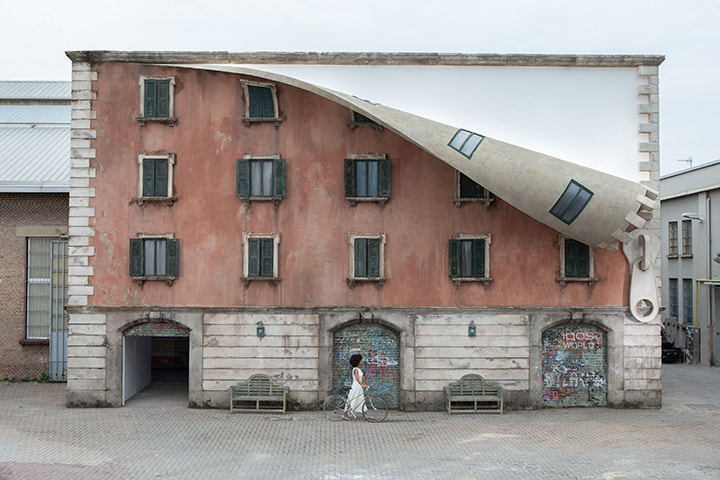
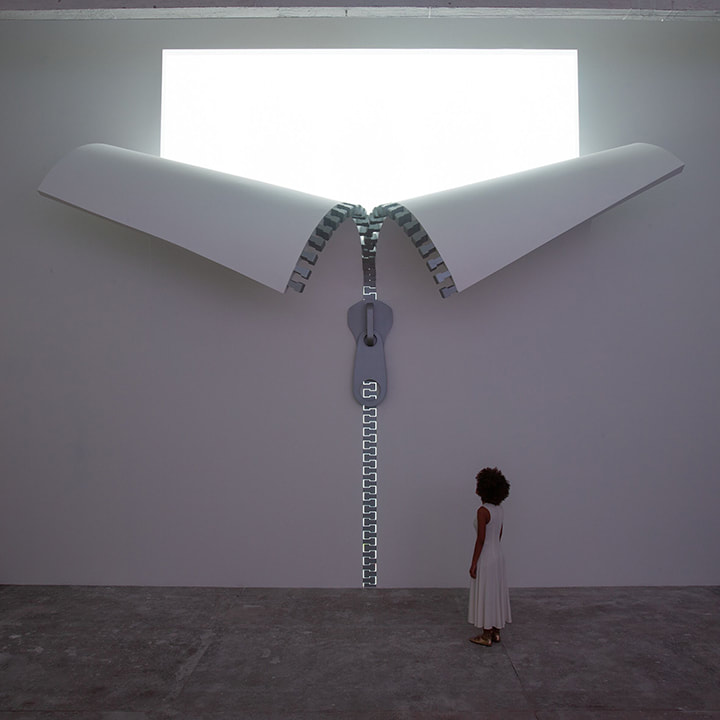
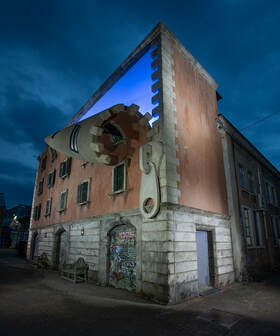
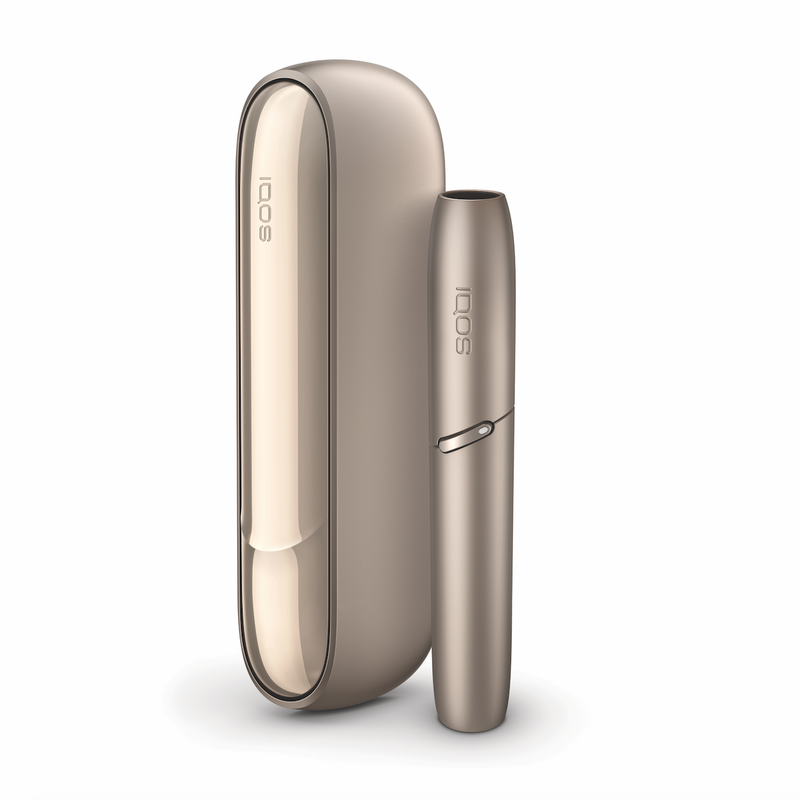
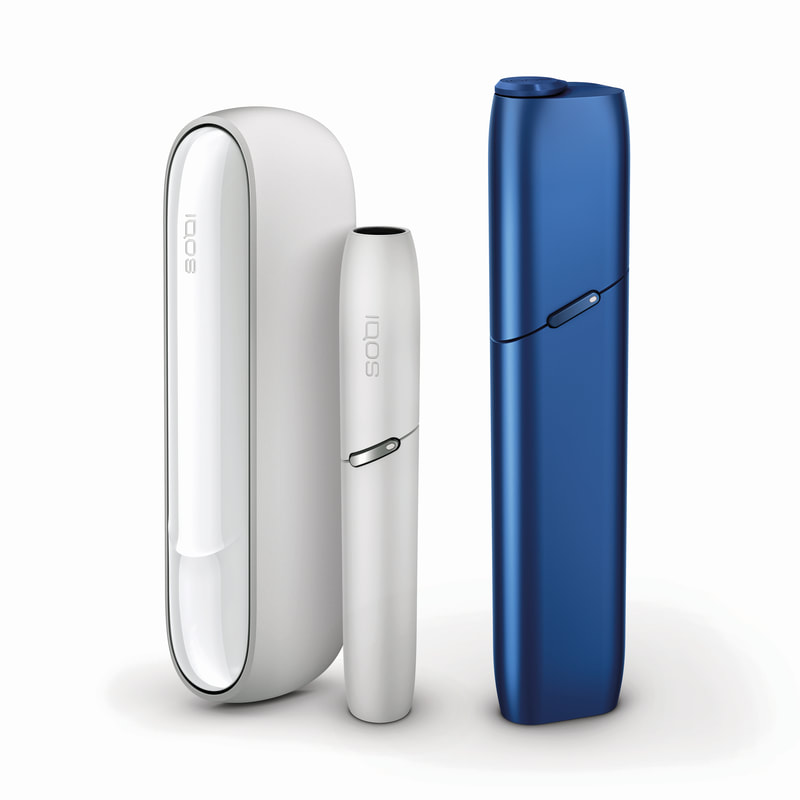
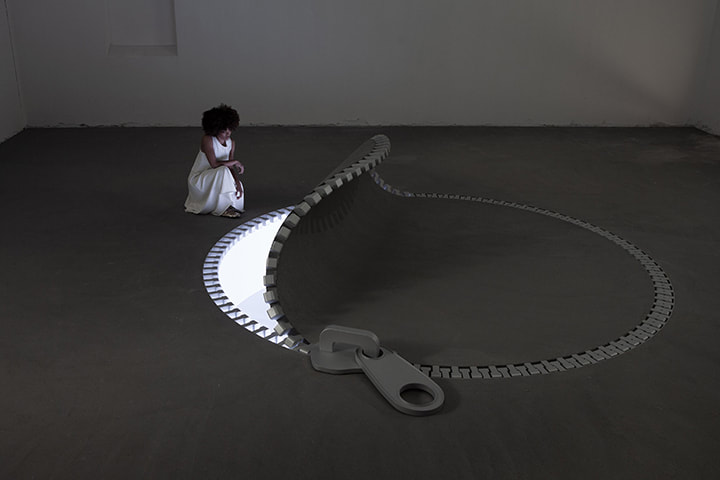
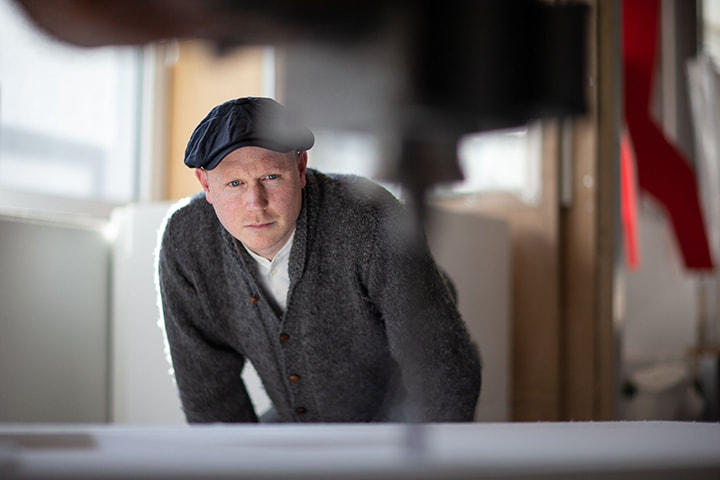
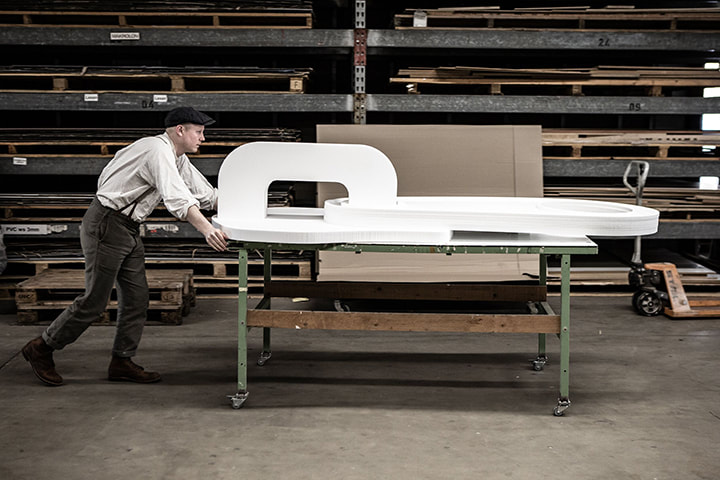
 RSS Feed
RSS Feed